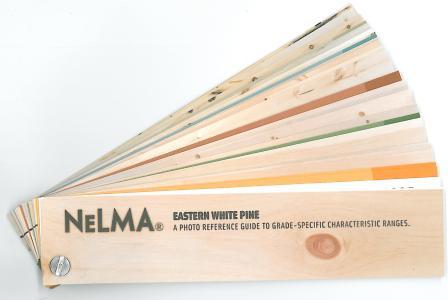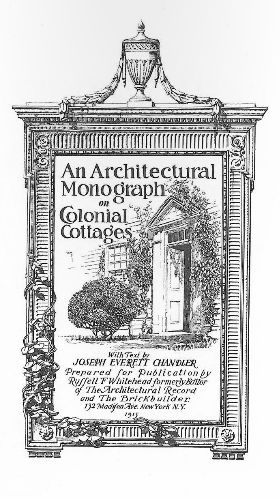In 1919, the fourth annual White Pine Architectural Competition challenged architects to design a community center building and civic center group plan for a small riverside town in New England with a population of about 5,000 people. Designers were asked to design a structure that would harmonize with other public buildings in the area, made of painted white pine “in the character so well developed in that part of our country.”
The community center building was to contain a town council chamber, offices for the town officials, permanent voting booths, and an assembly hall for 700 “equipped with a stage and a motion picture machine.” The contest required it to be finished on the exterior with white pine. Beyond this building, the general civic center plan required a freight depot, an open market, stores, offices, a high school, an art museum and other public buildings.
The judges note that the entries showed ‘a general weakness,’ but that most of them grasped not only the scale of such a building, which was to be a social center for a small village, but the importance that the act of voting should be given within it, and the need for equal accommodations for both sexes in the gender-separated club rooms.
“A few points, however, are evident to any student of the times. One is that women and men must be placed on a practical basis of equality as far as accommodations are concerned, and women must be given absolutely equal rights in and access to such main features as the gymnasium and swimming pool.”






